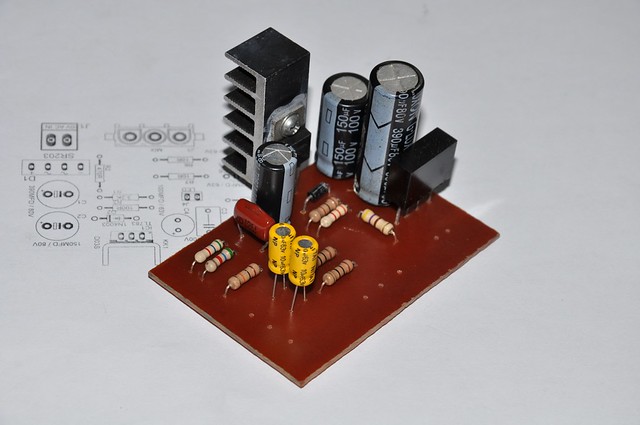The phantom power supply is widely used in the audio industry to power the active microphones over single audio cable. Most of the phantom power supplies deliver 48V DC over the balanced audio link and power supply unit described in this article is also based on the same technique.
The phantom power supply in this article is based on TL783 high voltage regulator IC and 230V - 50V step down transformer. Like most of the phantom power supplies, this power supply is also design to connect in between an active microphone and audio mixer devices.
Schematic of this power supply unit is self-explanatory and PCB design is also based on commonly available through-hole components. For the step-down transformer, we use commonly available 230V - 25V-0-25V 1.5A transformer.
During the construction, we recommended using shorter wires between PCB and XLR sockets to reduce the noise.
PCB and schematic of this power supply unit are available to download at google drive.
The phantom power supply in this article is based on TL783 high voltage regulator IC and 230V - 50V step down transformer. Like most of the phantom power supplies, this power supply is also design to connect in between an active microphone and audio mixer devices.
 |
| PCB of 48V Phantom power supply. |
Schematic of this power supply unit is self-explanatory and PCB design is also based on commonly available through-hole components. For the step-down transformer, we use commonly available 230V - 25V-0-25V 1.5A transformer.
During the construction, we recommended using shorter wires between PCB and XLR sockets to reduce the noise.
PCB and schematic of this power supply unit are available to download at google drive.
Comments